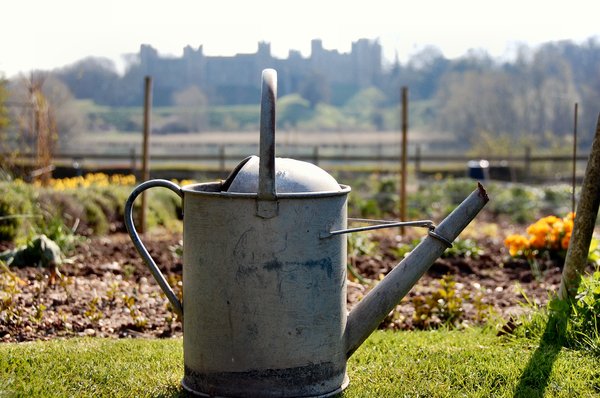

Preserving soil moisture and effectively using the soil in the dry period will certainly avoid anomalies in flowers (star-shaped flowers, pink and tapered flowers). To overcome the adverse effects of drought, irrigation is one of the most critical management methods. This affects the yield, and untimely and insufficient rainfall leads to abnormal flowering of coffee.

Typically, there is a minimum of 3 to 4 months of dryness in coffee-growing areas. In this section, we will study the effectiveness of several different tools and techniques that can be used in an area of coffee soup to aid in making practical decisions about when to irrigate and how much water to use. Therefore, using water-saving irrigation systems for coffee in the context of climate change is an inevitable trend. Meanwhile, in recent years, the area of coffee deprived of irrigation water has been on the rise.
#Farm together watering how to
An example is shown below.Coffee Farming: Watering Techniques For Coffee Plants – Whole Farming is a particular column from Helena Coffee Vietnam that provides an overview of what you can and can’t control and how to exercise what holds you can create a sustainable crop and a good cup of coffee.Ĭoffee is a moisture-loving crop that needs a lot of irrigation water to grow and develop well. The same design can be modified for use in automatically harvested farms. This design can be stacked up, on the screenshot you can see 9 water blocks hydrating 720 blocks of farmland: Note that this light layout will not cover the 4 corner blocks. To fix this, just place a light source above each lily pad. This, in practice, means that when not lit up, one's crops will not grow half the time. Additionally, at light levels of 4 and lower, crops will un-plant themselves. Water will still provide hydration to farmland, even if apart:Ĭrops also will not grow at light levels of 7 or lower, making them not grow at night if not near a light source. In order to prevent drops falling into the water, a lily pad can be made use of: This design is effective since crops will get trampled only by jumping on them. A dehydrated farmland block with crops planted will not get reverted the crop planted will continue to grow at a decreased rate. If the water source is removed, the farmland will randomly dehydrate and then get reverted to a dirt block. Flowing water will also manage to hydrate surrounding blocks. The crops are one continuous "shelf", so can hold the mouse button and move as you are planting or harvesting.Ī single block of water will manage to hydrate a 9×9 square on the same y-axis height around it, giving a total of up to 80 blocks hydrated.Ī freshly tilled farmland block will get randomly hydrated when near a water block.

This is a spiralled variation of the farm. (Oh, and the chest at the door is good for storing excess seeds or wheat.) The walls of the farm serve a double purpose - keeping animals out and serving as a back wall so that harvest crops bounce back to you. The nice thing about this design is that you can elongate the design simply by repeating the middle row (the one with water in it). The tilled blocks are raised so you won't trample crops as you collect them, and the water tile in the middle ensures that all the crops are exposed to the water. There is a thread on the Minecraft Forums with various farm designs - here are two of them (credit to Hans Lemurson of the forums): Even though a large field of crops would result in the quickest growth time, this is not necessarily the most efficient method of farming as you would need to crouch to avoid the trampling of crops, and it's not easy to access each tile. Like Brant said, tilled soil will stay tilled if it has a water tile four blocks or less away.


 0 kommentar(er)
0 kommentar(er)
